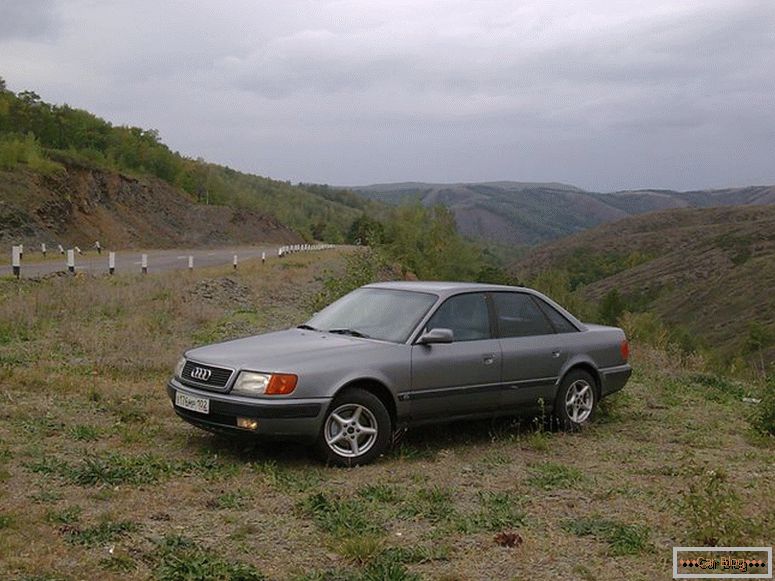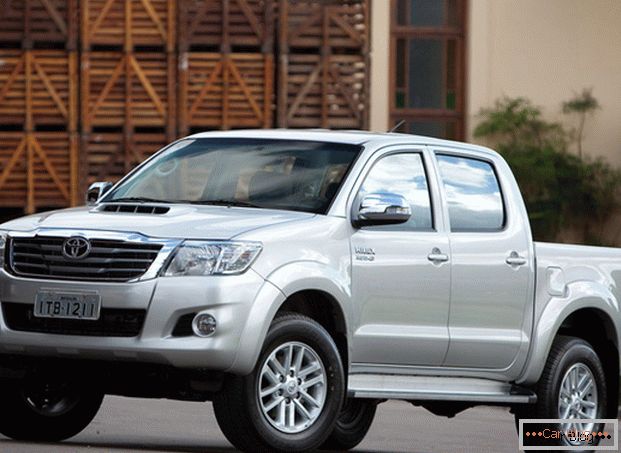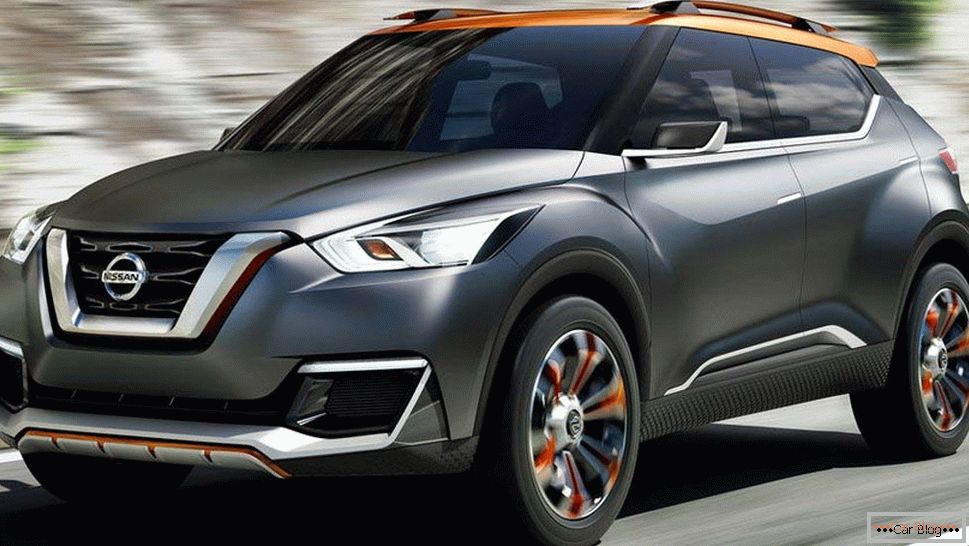>
When the new Mitsubishi Lancer entered the market, the world community was excited - its appearance was the most aggressive among inexpensive compact sedans. Thanks to the stylish design, the Lancer has gained immense popularity - both in Russia and other countries. But can we consider his reputation as an inexpensive sports car deserved? To understand this, we compare the Mitsubishi Lancer with another popular Japanese sedan, which is the Toyota Corolla. So we can understand who is more dynamic and who is ahead of the competitor in comfort - Mitsubishi Lancer or Toyota Corolla.

In move
Power units
The base Mitsubishi Lancer is equipped with a 1.6 horsepower 1.6 engine - a bit for a sports car, but quite enough for a small sedan. The Mitsubishi engine is quite noisy, which is noticeable immediately after starting - its hum rumbles into the cabin, causing it to raise the volume of the conversation in order to be heard by the interlocutor. But at the start of the Mitsubishi Lancer shows itself very sluggish - the car accelerates so slowly and impressively that it seems as if you are going in the old "Volga". The nature of the power unit installed on the Lancer, changes only after 4000 rpm, when the acceleration suddenly becomes confident and assertive. However, the moment is already lost - to reach 100 km / h, Mitsubishi takes almost 11 seconds.
Читать далее о сравнении автомобилей Mitsubishi Lancer и Toyota Corolla-->Архаичный четырёхступенчатый «автомат», которым оснащается Mitsubishi Lancer, удивляет своими быстрыми переключениями и динамичным характером. Будто зная о двойственном характере мотора, он старается долго держать пониженные передачи, позволяя доводить стрелку тахометра Lancer почти до красной зоны. Если же нажимать педаль газа кончиком пальца, он будет стараться переключаться раньше, экономя топливо — хотя четырёх передач для современного автомобиля всё же будет маловато. Говорить о топливной экономичности Mitsubishi Lancer бессмысленно, поскольку при городской езде расход горючего колеблется около цифры в 9,5–10 литров/100 км.
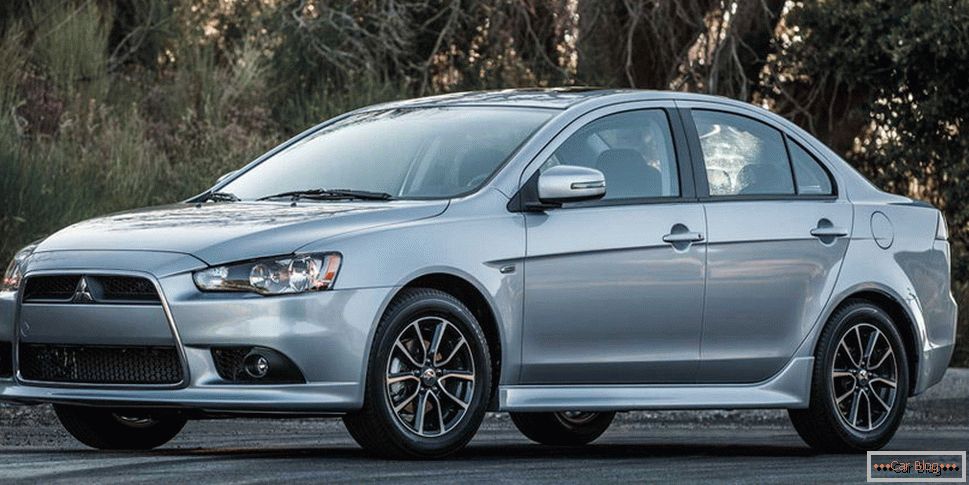
To understand what is better, you should immediately say that the Toyota Corolla, with more power and a greater mass of 5 horsepower, has better dynamics. It wins almost 0.5 seconds during acceleration to “hundred” and can reach 195 km / h against 190 km / h in Mitsubishi Lancer. A small advantage, but Toyota is not positioned at all, as dynamic and sporting. The Corolla engine begins to pull well from the minimum speed and allows you to go for quick maneuvers, although in some cases it lacks power. It does not have such a clear separation of the two working ranges as a competitor - the characteristics of the power unit of the Toyota Corolla are linear, which means the predicted return when you press the gas pedal.
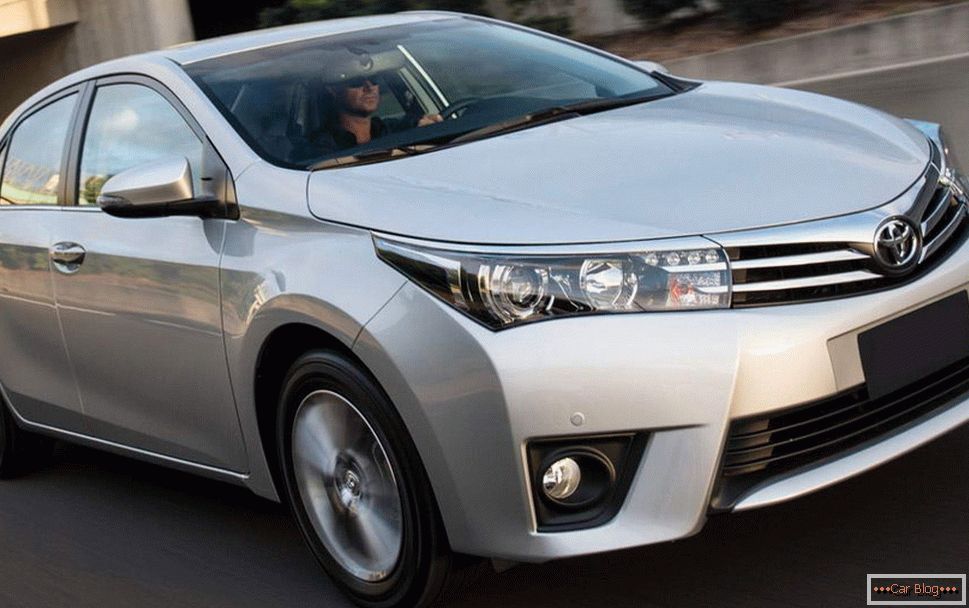
The Toyota company installs a stepless CVT on its compact sedan, which turns out to be much better than the “automaton” at city speeds. When driving at a pace of less than 80 km / h, the Corolla always accelerates quickly and automatically selects the optimum gear ratio for this situation. Moreover, Toyota Corolla is deprived of a lack of early cars with a variator - the gear ratio in it does not change smoothly, but according to the program, which includes six virtual steps, which allows you to get rid of annoying monotonous noise. However, at high speed, the Corolla behaves no longer so predictably - when you press the gas, the car raises the momentum, but the acceleration intensity leaves much to be desired. The main value of the variator lies in its ability to really save fuel - the average fuel consumption of Toyota Corolla does not exceed 8 liters.
| Car model: | Mitsubishi Lancer | Toyota Corolla |
| Producing country: | Japan | Japan (Build - Russia) |
| Body Type: | Sedan | Sedan |
| Number of places: | 5 | 5 |
| Number of doors: | 4 | 4 |
| Engine capacity, cubic cm: | 1590 | 1598 |
| Power, l. c./about min .: | 117/6100 | 122/6000 |
| Maximum speed, km / h: | 190 | 195 |
| Acceleration to 100 km / h, from: | 10,8 | 10,5 |
| Type of drive: | Front | Front |
| CAT: | 4 automatic transmission | Variable speed drive |
| Fuel type: | Gasoline A-95 | Gasoline A-95 |
| Consumption per 100 km: | In the city of 9.4 / Out of town 7.0 | In the city of 8.2 / Out of city 5.3 |
| Length, mm: | 4570 | 4620 |
| Width, mm: | 1760 | 1775 |
| Height, mm: | 1505 | 1465 |
| Clearance, mm: | 165 | 150 |
| Tire size: | 205/60 R16 | 195/65 R15 |
| Curb weight, kg: | 1255 | 1290 |
| Full weight, kg: | 1750 | 1760 |
| Fuel tank capacity: | 59 | 55 |
Chassis
If you want to choose Lancer or Corolla, you should carefully look at the behavior of Mitsubishi on the road, so that it later does not come as a surprise. When driving on a flat track, the Mitsubishi Lancer is stable, like a rock, and clearly follows the steering turns, avoiding any rolls even in sharp turns. In addition, the Lancer does not allow the buildup even on the waves of crushed asphalt and does not lose directional stability after passing small irregularities or wet areas. However, shaking at the junctions of road plates and deep cracks already serve as a bad signal. It can be assumed that on a broken country road Mitsubishi Lancer will show itself in full force.
Indeed, the car makes you remember such a hackneyed expression as “shake the soul”. With the passage of small irregularities Mitsubishi Lancer already annoying the riders sensitive blows and strong noise coming from under the bottom. Attempting to go through a “recumbent policeman” or deep pit leads to the fact that the Lancer jumps up and tries to tear all the wheels off the ground. It seems that it is excessive rigidity and noise in combination with a dynamic appearance that caused the sports reputation of Mitsubishi. The effect is similar to what is observed in the old "Zhiguli" - Lancer travels at a speed of 100 km / h, although it feels like all 150 km / h!
But the Toyota Corolla is completely different - it is initially positioned as comfortable, suitable for family trips. On a flat road, the Corolla may seem a bit roll - it reacts a little late to the turn of the steering wheel, and also rolls in sharp turns, forcing it to slow down. Noise isolation is also not too good compared with the market leaders, however, compared to the Mitsubishi Lancer, the car can be considered very quiet. In addition, there is no talk of sharp deviations of the Corolla from the chosen course, since the chassis of the car is very well tuned. Not felt as cracks, joints and other minor irregularities under the wheels.
On the country road, the Toyota Corolla is in its element, as its suspension settings allow you to overcome obstacles with greater speed. Deaf blows are heard only at the moment when the driver of the Corolla stops to slow down in front of especially large pits and hummocks that occur after the trucks pass the overheated road. Despite the presence of some shortcomings, on the go, the Toyota Corolla is perceived as a more harmonious car compared to the Lancer - it does not cause its passengers the same inconvenience in the pursuit of a sporty image.
Practicality and comfort
The front seats in the Lancer have an optimal profile - they meet the driver and passenger quite friendly, allowing you to quickly find the perfect position for a long trip. However, the steering column in Mitsubishi can be adjusted only by the angle of inclination - and this means that only people of average height will be really comfortable here. Mitsubishi Lancer devices are located in two deep wells with individual visors, like in a sport bike. They look impressive, but you should look away to the right to see the empty front panel of Mitsubishi, on which it is impossible to find more than one prominent design element.
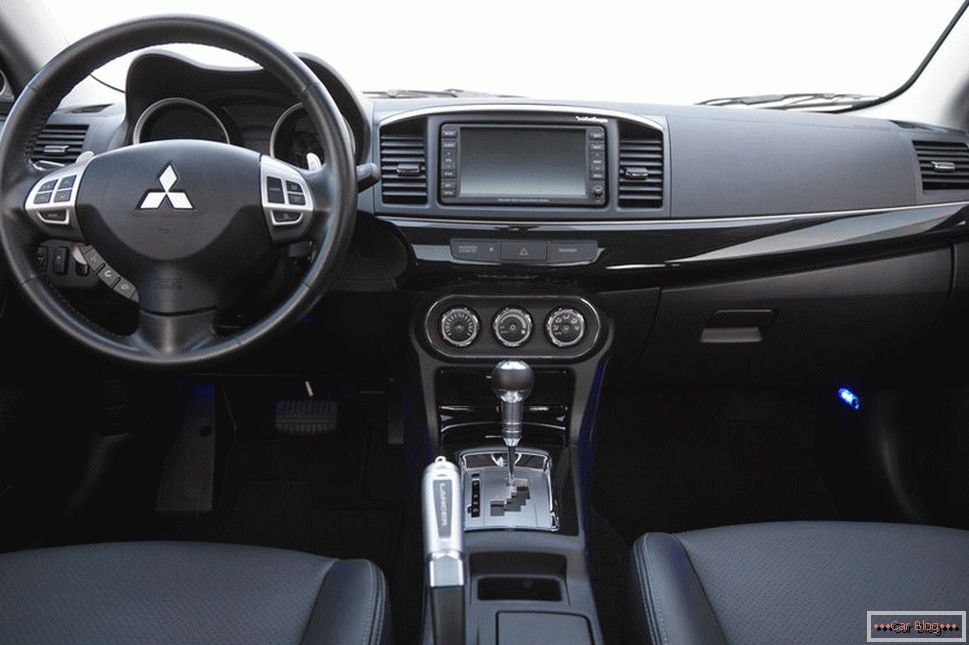
 Discounts for new cars! Profitable loan from 9.9% installments 0%
Discounts for new cars! Profitable loan from 9.9% installments 0%  adom.ru
adom.ru
The back sofa of the Mitsubishi Lancer can be praised for its width, but the sloping roof limits the maximum height of a person sitting here at 180–185 centimeters. There is nothing to do tall here, since in the Lancer they will also bend their front seats with their knees. In addition, the profile of the backs and pillows does not promise comfort on a long journey - here they are almost flat, which causes Mitsubishi passengers to frequently change their body position. It saddens the tiny trunk of Mitsubishi Lancer, the volume of which is only 315 liters. Practical people will not be pleased with its large loading height, narrow opening and low overhanging loops.
If you compare the Lancer or Corolla on the design of the internal space, the winner is difficult to name. Of course, the front panel of Toyota is littered with LCD screens, buttons and switches, but the feeling of a budget class is ineradicable here. The reason for this is the small height of the front panel of the Corolla, as well as the use of narrow central deflectors and a long, winding groove of the variator control lever. The front seats are as good as the Mitsubishi Lancer, but their cushion is not too high. But they are pleased with a very tenacious combination upholstery, and the steering wheel is regulated both by inclination and departure.
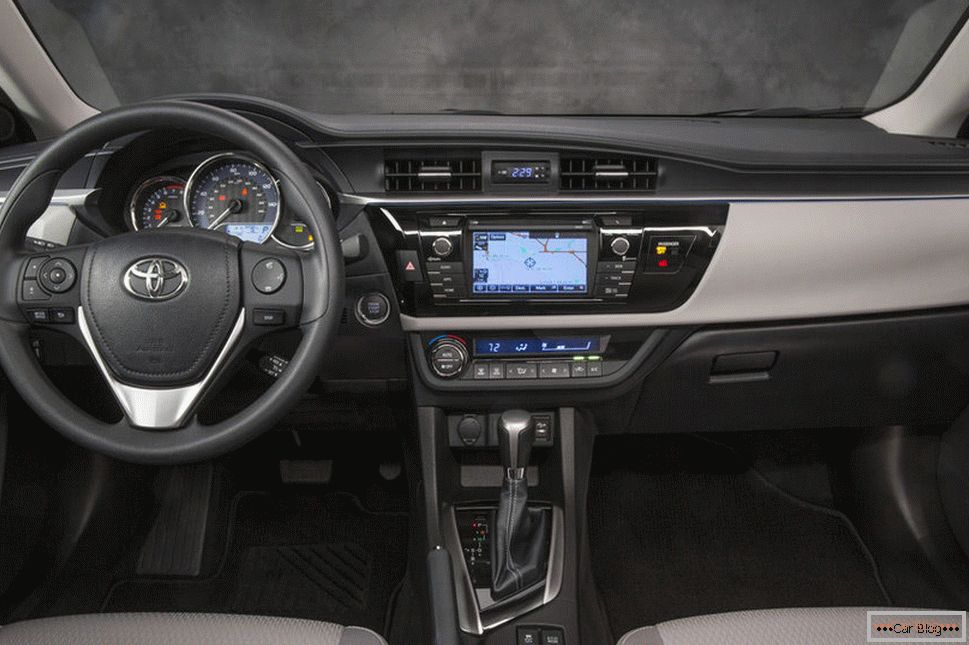
The back sofa Toyota is also very roomy, and there is enough space between the two rows of seats and above the head. In addition, the profile of pillows and seats looks much more preferable for a long trip - and in Toyota Corolla it is so comfortable that passengers can sleep even a very long road. Of course, there are no miracles, and three tall men do not fit in a compact class car - but people of average height will not be closely in Corolla. The trunk of Toyota can not be called a record - its volume is only 452 liters. But it is much larger than the one that offers Mitsubishi, and there are no strongly protruding wheel arches.
Absolute superiority
Compared to the Toyota Corolla, Mitsubishi Lancer has only two important advantages, represented by a stylish appearance and an affordable price. Of course, for many people, this is already enough to make a purchasing decision. However, if you listen to the voice of reason, it can be noted that for a small surcharge, which requires a Corolla, a motorist gets better dynamics, lower fuel consumption, as well as excellent comfort and high capacity.

